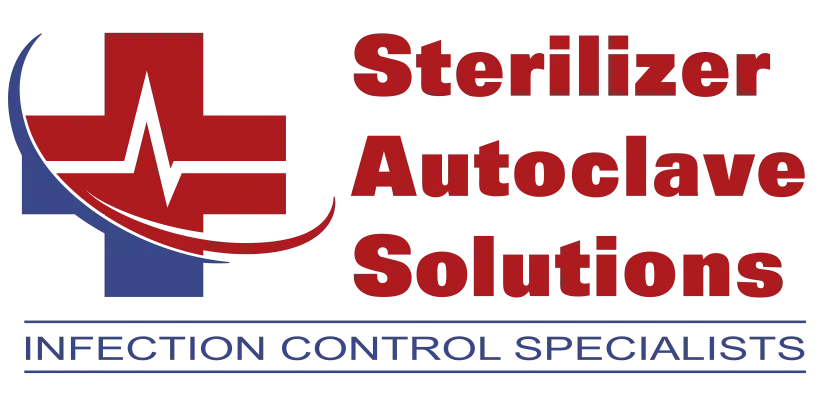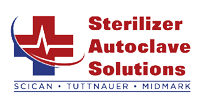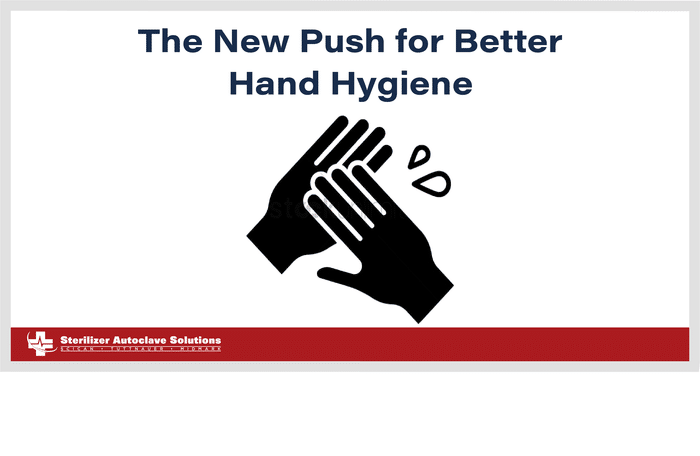The New Push for Better Hand Hygiene
Hand hygiene as a whole is probably more important than most people think. Your hands are one of the most used tools your body has. So ensuring that you’re cleaning them well enough is severely important. The risk and possible spread of infection is heightened without proper hygiene. And hand hygiene is actually one of the bigger problems as of late. It seems that according to reports done by the World Health Organization (WHO) show that no matter how health-conscious some places are over others, proper hand hygiene is suboptimal worldwide.
Now there are different factors as to why this is. But despite that, the WHO determined that action must be taken. And they accomplish this through their World Hand Hygiene Day event. And this year, their goal was to find new ways to improve hand hygiene practices. To accelerate innovative solutions. And in this article, we’d like to talk a bit about this new push for better hand hygiene.
The Problem
Like we mentioned before, hand hygiene has taken a bit of a dive as of late. And that, in turn, creates a higher risk of infection. And we’re not just talking about standard infections either. This hand-washing problem is also prevalent in healthcare facilities. Think about hospital-associated infections (HAI’s) also. The US Department of Health and Human Services defines HAI’s as such: “Healthcare-associated infections (HAIs) are infections people get while they are receiving health care for another condition. HAIs can happen in any health care facility, including hospitals, ambulatory surgical centers, end-stage renal disease facilities, and long-term care facilities.”
The worst part about these are that some can be resistant to antibiotics. Which in itself is always a problem. But these kinds of infections can be prevented by simply washing your hands. But for one reason or another, the amount of hand washing going on versus how much of it should be going on is disproportionate.
Reported Studies
WHO showed evidence here that countries worldwide are showing suboptimal hand hygiene practices. Despite hand hygiene being vital for safe health delivery, the numbers are shockingly low for this kind of thing. These numbers come from hand hygiene compliance with no improved interventions. Only 40% average compliance in regular healthcare settings. Whereas in more critical care areas, like intensive care units, that number only goes to 60%. And they do say that there are disparities between low and high-income countries.
The research also shows that out of every 100 patients in acute-care hospitals, 7 in high income countries, and 15 in low income countries will acquire an HAI while in the hospital for their stay.
But their evidence shows that IPC interventions have many benefits to improve this situation. Specifically, the percentage of HAI prevention. Which, they show can be achieved by up to 35 to 70% reduction. This evidence is the reason why new innovations were thought up to increase hand hygiene. And these updates have come in a couple of different ways.
The Solution
After years of deliberating ways to properly go about hand hygiene, multiple health organizations have come up with ways. For one, with the help of the AHA, the Society for Healthcare Epidemiology updated a list of theirs that they’ve been working on. This list is the best ways to prevent HAIs through use of proper hand hygiene based on the latest evidence. And this list has been updated over the years, last being updated in 2014 before its latest 2023 rendition. This new update “offers recommendations to help acute care hospitals prioritize and implement hand hygiene strategies, engage frontline personnel and monitor performance.” (credit, aha.org) This was a comprehensive list, even from just the 2014 update. The list recommended steps such as the following:
- Promote the maintenance of healthy hand skin and fingernails.
- Select appropriate products.
- Ensure the accessibility of hand hygiene supplies.
- Ensure appropriate glove use to reduce hand an environmental contamination.
- Take steps to reduce environmental contamination associated with sinks and drains.
- Monitor adherence to hand hygiene.
- Provide timely and meaningful feedback to enhance a culture of safety.
And each of these steps have steps within them to ensure that each one is followed to the fullest. Providing specific examples of what would be needed to fulfill these requirements. And these 7 steps are just from the 2014 updated list, there are even more listed changes from the latest update. And those changes and the original list are all detailed on this article from Cambridge University Press here.
World Hand Hygiene Day 2023
One of the other solutions brought to the table was actually in the form of the WHO’s annual World Hand Hygiene Day. This event is a yearly event to come together and express the importance of hand hygiene and the benefits it provides in stopping the spread of infections. Each year they highlight different things that make up the bulk of the event’s points that year. And this year they decided to make the theme about “accelerating innovation.” And they dedicated their seminars and webinars to reflect that they want to push new and innovative ways to get people to understand proper hand hygiene. The campaign had two main goals:
- Strengthen and empower communities of actors in health care to accelerate action to improve hand hygiene and infection prevention and control at point of care.
- Foster collaboration and working together of people and organizations towards the common goal of minimizing the risk of infections and the development of antimicrobial resistance in health care.
If you want to learn more about their World Hand Hygiene Day 2023, you can find their links below:
Final Thoughts
Hand hygiene is paramount anywhere for a number of reasons. And it’s not just important to the general public, it’s even more important in healthcare settings. Infection prevention is one thing. Ensuring that nothing harmful spreads to anyone or even lingers on you is important. But when your job is to provide healthcare services to someone and proper hygiene isn’t ion practice, well that can lead to all sorts of problems. So it’s important to get those numbers up. And with the help of health organizations, that’s what’s shaping up to happen.
Different health organizations like the WHO and AHA have been brainstorming different ways to accomplish this. Producing new agendas with different kinds of protocols after years of research. And even dedicating their day to finding new ways to innovate these programs into ways that benefit everybody. While still maintaining their original goal. And if that doesn’t stretch the importance of then what is?
As always if you have any questions about this process or anything else please feel free to contact us and take advantage of our “FREE TECH SUPPORT.”
We also offer FREE VIRTUAL TECH SUPPORT to “See and Talk” with a “Real Time Live Technician” for any problems you may be in need of help with.
You can also use our “FREE MAINTENANCE PROGRAM”. Take the guesswork and worrying about what unit is due for maintenance and which maintenance cycle it is time for. We will keep track of all your autoclaves and let you know when it’s time for anything.


